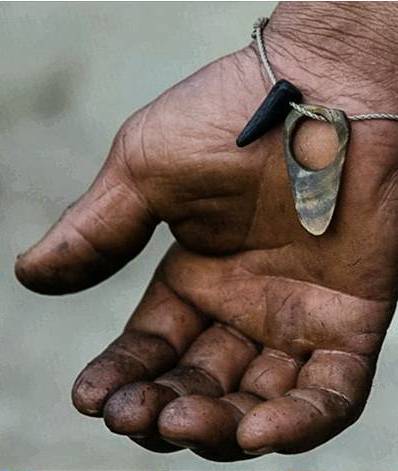Research
Pangolins – poaching, trafficking and publicity
The illegal trade in fauna and flora is worth between US$7 and US$23 billion per year according to the UN and Interpol. Of this total, however, the sale of valuable commodities such as ivory, rhino horn and tiger accounted for only around US$75m in 2010. Against the backcloth of the 35,000 elephants slaughtered for their ivory in 2012 and 810 rhinos for their horns, the world’s most heavily trafficked CITES-listed mammal is actually the pangolin.
Pangolin scales (and other body parts) are used in Chinese traditional medicine, and pangolin meat is considered a delicacy in Asia. Whilst the precise numbers traded, and the impact on their populations in the wild, are difficult to quantify, seizures in the region of 10,000 per year (likely only a fraction of the numbers that reach the marketplace), the rapid decline of Asian populations and the apparent shift in trade from Asian to African species, suggests that the situation is critical.
Pangolins are now an icon of the illegal wildlife trade, and news reports and social media posts of seizures of pangolins or their scales (often accompanied by disturbing graphic images) are commonplace. One aspect of our work related to pangolin trade, focused on editorial and social media, and public interest, and attempted to identify the events (official – e.g. a petition to include pangolins on the USFWS Endangered Species Act, ‘popular’ – e.g. appearance of pangolins in ‘Angry Birds, or ‘actual’ events – e.g. a seizure of illegally caught animals) that generated attention. Our objective, beyond pangolins, was to highlight lessons in public communication that might be applied to awareness campaigns for other lesser-known threatened species.
There are eight species of pangolin, all of which were listed on CITES Appendix I in September 2016. All pangolin species are poached for trade. Our two year study in Assam, North East India, in collaboration with World Animal Protection, found that the scales from a single pangolin captured in Assam in North East India might be worth the equivalent of 4 months’ income to a rural hunter and suggested that, although pangolins have always been used for traditional purposes in this area (for medicine, curios, and spiritual and ritualistic uses), commercial gain (via urban middlemen) has now largely supplanted low-level traditional use. Beliefs held about the medical properties of pangolin scales seemed to be largely restricted to the older people in the community, and although local people ate the meat, they preferred other types of bush meat. Hunting or catching pangolins appeared to be predominantly opportunistic or carried out only occasionally – nevertheless, apparent declining abundance of pangolins in the area suggests that it is unsustainable. We suggest that both local poverty reduction and urban demand reduction are needed.
Related Pages
Wildlife Trade
Animal welfare in the wildlife trade
Global trade in exotic pets
Lion bones
The impact of bear bile farming on conservation of wild bears
Publications
D’Cruze, N., Singh, B., Mookerjee, A., Harrington, L.A. and D. W. Macdonald (2018) A Socio-Economic Survey of Pangolin Hunting in Assam, Northeast India. Nature Conservation 30: 83-105.
Harrington, L.A., D’Cruze, N. and D. W. Macdonald (2018) Rise to fame: events, media activity, and public interest, in pangolins and pangolin trade, 2005-2016. Nature Conservation 30: 107-133
Zhou, Y. B., C. Newman, and D. W. Macdonald. 2014. Scaling up pangolin protection: illegal trade in pangolin surpasses ivory and rhino horn. Frontiers in Ecology and the Environment 12:97-98.
Newman, C., D. W. Macdonald, and Y. B. Zhou. 2014. Pangolin: illegal medicine trade threatens these scaly mammals with extinction. The Conversation
Collaborators
-
 Indian pangolin (Manis crassicaudata) © Neil D'Cruze
Indian pangolin (Manis crassicaudata) © Neil D'Cruze -
 Pangolin scale worn as a charm bracelet, Assam, North East India © Neil D'Cruze
Pangolin scale worn as a charm bracelet, Assam, North East India © Neil D'Cruze -
 A bag of pangolin scales intended for commercial sale, Assam, North East India © Neil D'Cruze
A bag of pangolin scales intended for commercial sale, Assam, North East India © Neil D'Cruze





